During the first 72 hours after injury, initial management can often be remembered with the acronym PRICE:
- Protection of the injured area
- Relative rest
- Ice
- Compression
- Elevation
Some of these treatments can also be used beyond the first 72 hours, especially if pain and swelling worsen during rehabilitation.
Protection – this helps prevent further injury. The type of protection depends on the injury but can include crutches, shoe inserts or a brace. We also ‘protect’ the injury from happening again by doing a gradual return to play (RTP). This helps the tissue heal faster and lessens the chance of overuse.
Relative rest – during the inflammatory phase, we usually want relative rest, which is different from complete rest. Any immobilization or bracing should be as brief as possible and only apply to the specific joint or area. Most daily activities (such as walking, showering, etc.) can be done providing it does not cause worsening swelling or pain. If pain or swelling do happen, this is a sign that the injury is being pushed too hard. When resuming sport or activity, if it is not done gradually, it can result in a worse injury such as a ligament tear.
Although immobilizing an injury can help with pain or swelling, it can also be bad for a muscle. If it is done for more than 6 weeks, a muscle can lose half its usual strength!
Ice – this is often used to help with swelling and pain for up to 7 days after the initial injury. This should begin as soon as possible after injury, either for 20 minutes at a time or for 10 minutes, 2 times, with 10 minutes rest in between. Most of the time, doing this 4 times a day is enough (and more doable) although it can be done every hour if needed. The more it is used, the more effective it will be at reducing the swelling. Please note that there are some situations when cold therapy should not be performed, such as with children who have Raynaud’s or other circulation problems (like those associated with diabetes).
Compression and elevation – these two treatments are usually combined to help with circulation. Moving the injury or joint in a range of motion that does not cause pain can also improve drainage and help restore the correct balance of fluid. Adding ice with compression helps with swelling even more.
Something to avoid – Heat
Application of heat or heat packs should generally be avoided during the acute inflammatory phase. This can worsen the swelling and increases the blood flow, both of which can slow down healing.

